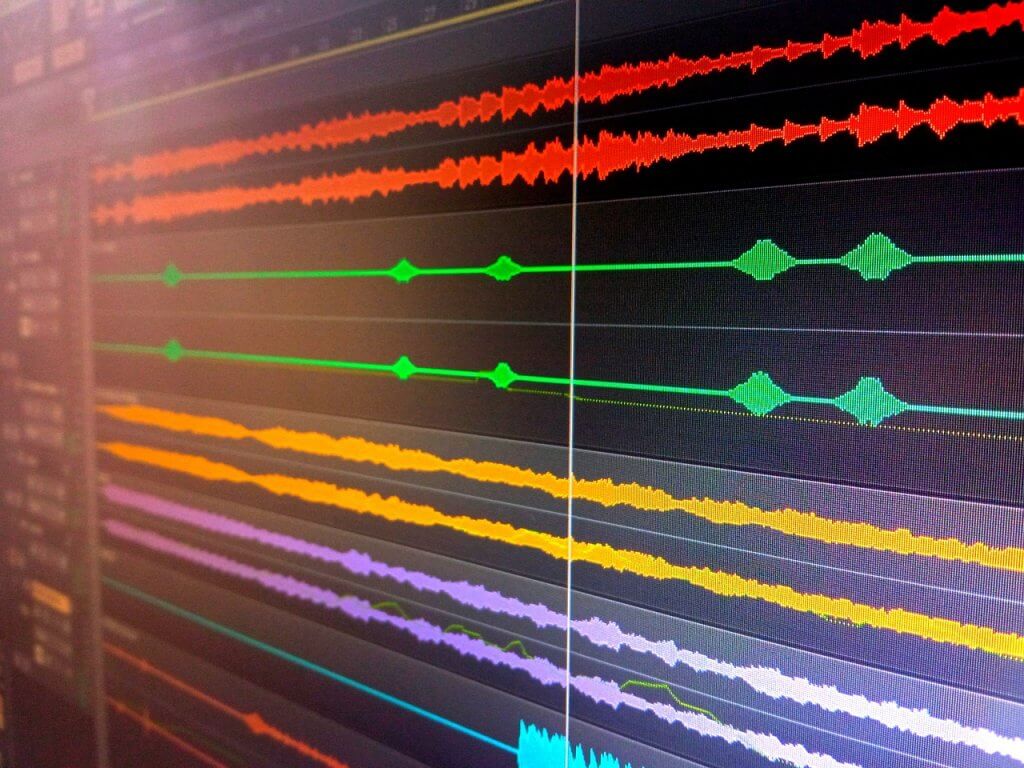
In the expansive realm of music production, every element contributes to crafting a masterpiece. Among these components, beats stand as the fundamental building blocks upon which entire compositions are erected. Within the intricate tapestry of beats lies a lesser-known but equally crucial aspect: the tracked out stems. These stems are the individual tracks that comprise a beat, each representing a specific element such as drums, bass, melody, and more. Understanding the significance of tracked out stems and discerning their disparities from MP3 files is pivotal for both aspiring producers and avid music enthusiasts.
Unraveling the Concept of Tracked Out Stems:
Tracked out stems, also referred to as track-outs or multitracks, delineate the segmentation of a beat into its constituent parts. Picture a beat as a layered cake, with each layer representing a different musical element—drums, synths, vocals, and so forth. Tracked out stems essentially provide access to each layer individually, granting producers unparalleled control and flexibility during the mixing and mastering processes.
Imagine you’re a sculptor molding a masterpiece from clay. Having separate components allows you to manipulate and refine each section with precision, ensuring that the final sculpture embodies your artistic vision. Similarly, tracked out stems empower producers to fine-tune every aspect of a beat, adjusting volume levels, applying effects, and refining the overall sound to perfection.
Moreover, tracked out stems serve as a gateway to collaboration, fostering synergy among artists, producers, and engineers. By sharing individual stems, collaborators can seamlessly integrate their contributions into the project, facilitating cohesive teamwork and elevating the creative output to new heights.
Distinguishing Tracked Out Stems from MP3 Files:
In contrast to tracked out stems, MP3 files represent a compressed audio format optimized for playback and distribution. While MP3 files offer convenience and accessibility, they lack the granularity and fidelity inherent in tracked out stems.
Think of MP3 files as snapshots of a painting—compact and readily consumable but lacking the depth and detail captured in the original artwork. When you listen to an MP3 file, you’re experiencing a condensed version of the music, with nuances and subtleties often lost in the compression process.
Tracked out stems, on the other hand, preserve the integrity and intricacy of each musical element, allowing for unparalleled flexibility and fidelity. Whether you’re a producer crafting a bespoke sound or an engineer sculpting the sonic landscape, tracked out stems provide a canvas ripe for exploration and innovation.
The Significance of Tracked Out Stems in Music Production:
For producers and engineers alike, tracked out stems represent a treasure trove of creative possibilities. Whether you’re remixing a track, fine-tuning a mix, or collaborating with fellow artists, the ability to dissect and manipulate individual elements is invaluable.
Consider a scenario where a producer receives tracked out stems from a renowned artist. Armed with these stems, the producer can deconstruct the beat, rearrange elements, and infuse their unique flair, culminating in a remix that captivates audiences and pays homage to the original work.
Moreover, tracked out stems facilitate the mastering process, enabling engineers to apply precise adjustments to specific frequency bands, dynamics, and spatial characteristics. By honing in on each stem, engineers can sculpt a polished, cohesive sound that resonates with listeners across diverse platforms and environments.
Why Tracked Out Stems Are Superior to MP3s:
Tracked out stems offer a level of versatility and quality that MP3 files simply cannot match. While MP3s provide a convenient way to listen to music on various devices, they sacrifice fidelity for compression, resulting in a loss of audio detail and depth.
Tracked out stems, on the other hand, preserve the full spectrum of sound, allowing producers and engineers to manipulate each element with precision. Whether it’s adjusting the EQ of a drum track, enhancing the clarity of a vocal, or fine-tuning the spatial dynamics of a synth, tracked out stems empower creators to achieve a level of sonic perfection that transcends the limitations of compressed audio formats like MP3s.
Furthermore, tracked out stems facilitate seamless collaboration and remixing, enabling artists to explore new creative avenues and reimagine existing compositions with unprecedented freedom. By preserving the integrity of each musical element, tracked out stems ensure that the essence of the original work remains intact while offering endless possibilities for reinterpretation and reinvention.
In conclusion, while MP3 files serve their purpose in terms of convenience and accessibility, tracked out stems reign supreme in the realm of music production, offering unparalleled flexibility, fidelity, and creative potential. As technology continues to evolve and the boundaries of musical expression expand, tracked out stems will undoubtedly remain a cornerstone of innovation and artistic excellence in the ever-evolving landscape of music production.